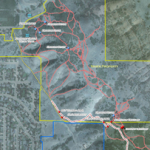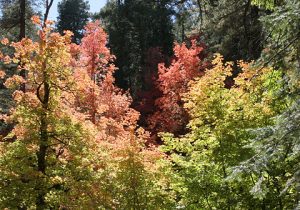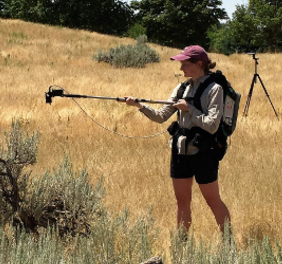Fundamental to interdisciplinary research across campus is information about opportunities and access to open, centralized facilities that support research activities and encourage interdisciplinary research and student training. Included among those facilities related to GCSC interests are:
 GCSC InfoShare
GCSC InfoShare
This is a site where GCSC faculty affiliates may find and share funding opportunities, student funding and employment opportunities, and events.
CO2 Network
The CO2 Network measures atmospheric carbon dioxide at various locations across the Salt Lake Valley, as well as at Snowbird. This site provides current real-time CO2 concentrations, climate conditions, and historic trends for these locations.
DIGIT Lab
The DIGIT Lab in the Geography Department provides support for both theoretical and applied geographic information analysis and application development. DIGIT offers both GIS software training and GIS services.
Dissolved & Noble Gas Lab
Analytical services at the Dissolved and Noble Gas Lab in the Department of Geology & Geophysics are based on the use of noble gases and anthropogenic tracers to determine groundwater recharge ages and recharge temperatures, cosmogenic surface dating, and aquitard permeability.
MesoWest
MesoWest, located in Atmospherics Sciences, is used operationally by the National Weather Service to monitor weather conditions around the region in order to protect lives and property. MesoWest is also used extensively by researchers to understand severe weather events such as winter snow storms and damaging winds.
Metropolitan Research Center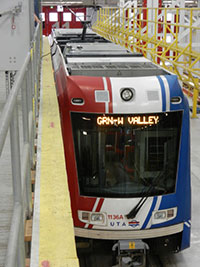
The Metropolitan Research Center (MRC) conducts quantitative research and data-driven services for communities and regions in cooperation with public and private partners. The MRC engages in pioneering research on urban and regional economies, quality of life, and the physical environment by utilizing our extensive data and broad expertise. We work to support the University of Utah’s mission through the dissemination of research and knowledge.
Red Butte Canyon RNA
Red Butte Canyon Research Natural Area is a protected, near-pristine canyon entering the Salt Lake Valley, Utah. It is operated by the USFS and among its ecological zones includes a well-developed riparian zone and a perennial stream, grasslands, oak woodlands, and coniferous and aspen forests.
RED Lab
The Records of Environmental Disturbance Lab in the Geography Department is a state-of-the-art facility for analysis of sediments for evidence of the impacts of climate change. Sedimentary pollen, charcoal, plant and insect macrofossils are used to reconstruct disturbance regimes and ecosystem response to past climate change.
Rio Mesa Center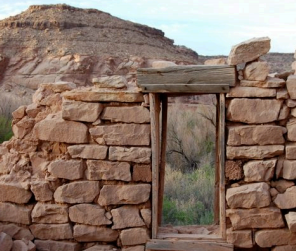
Located along almost three miles of Dolores River in the magnificent red-rock country of southeastern Utah, The University of Utah’s Rio Mesa Center provides opportunities for field-based interdisciplinary research, education, and other academic pursuits that emphasize ecology and the environment, human-environment interaction, or sustainable living on the Colorado Plateau.
SIRFER
The Stable Isotope Ratio Facility for Environmental Research is located in the Biology Department and serves as a research and training facility for stable isotope analyses. SIRFER is an open research and recharge facility serving many interests across cmapus, including anthropology, biology, geology, hydrology, atmospheric sciences, climate, health, and urban studies.
URSA Lab
The Utah Remote Sensing Applications Lab in the Geography Department engages in cutting edge, applied remote sensing research. The lab uses a variety of remote sensing tools, including multispectral, hyper-spectral, and lidar data, to develop applications addressing environmental issues.
Wallace Stegner Center for Land, Resources, and the Environment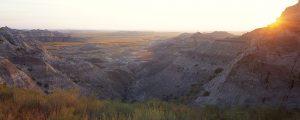
As one of the top-rated environmental law centers in the Western United States, the Stegner Center is home to a talented group of faculty fully committed to shaping environmental policy. Faculty members serve on local and national NGO boards and advisory committees, are consulted by state and federal government officials on a range of policies, and testify before Congress and other policy-making entities.


